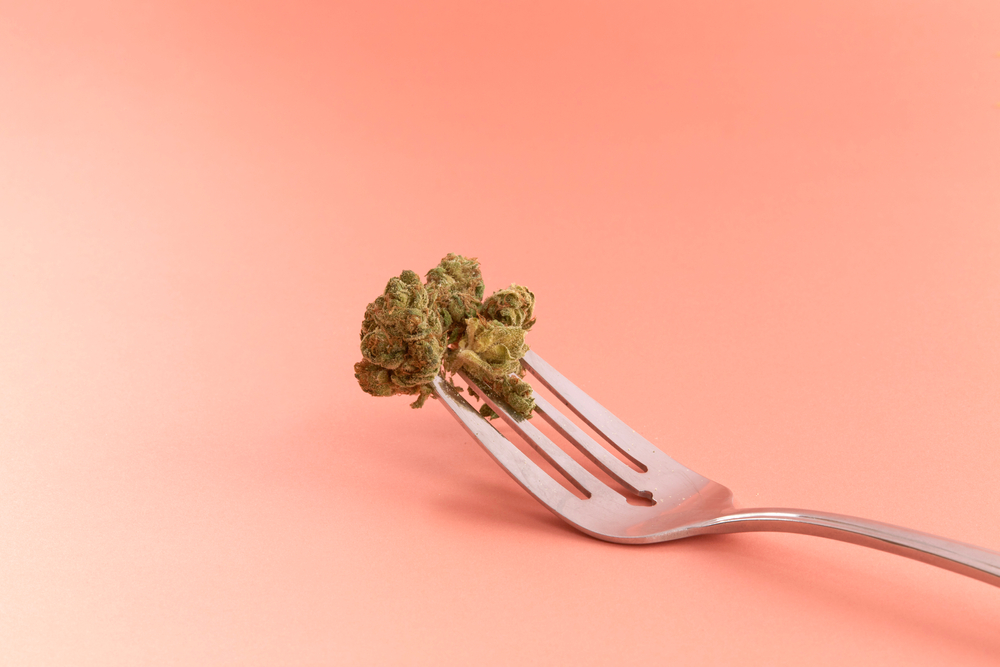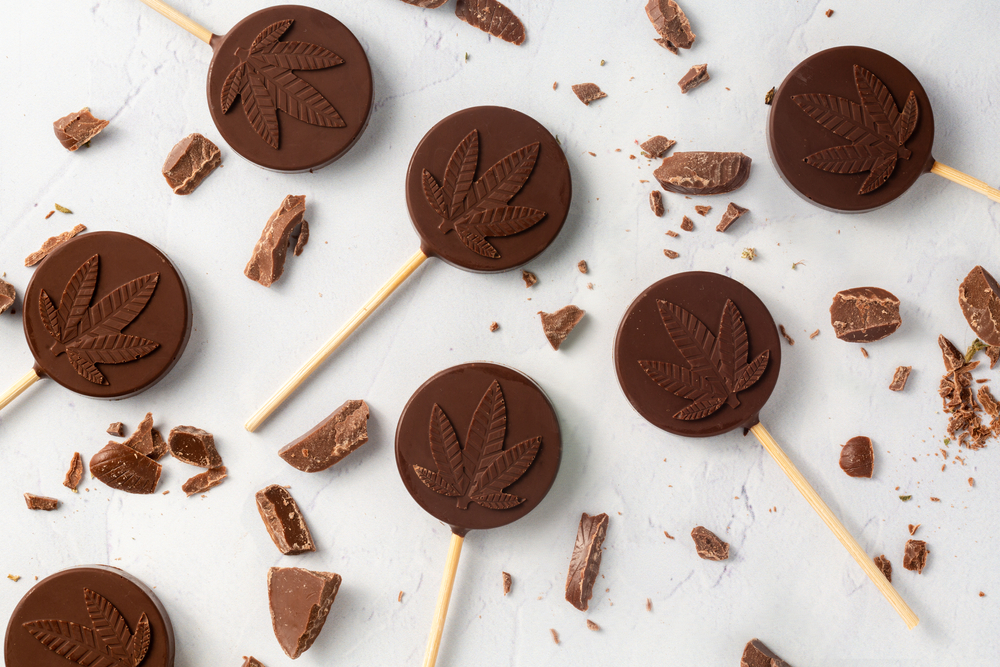Marijuana-Edibles
Why Don’t Edibles Get Me High? 5 Reasons
Why don’t edibles get me high?
Have you ever asked yourself this question before?
Dosing, and cannabis consumption in general, can be sensitive and tricky.
As much as we like to think that getting high is a magical process, it comes down to cold, hard science most of the time.
Not only that, but weed tends to be very finicky, impacting every individual user and their unique endocannabinoid system differently.
So what makes your friend sky-high might not even have an impact on you. Frustrating, right? Well, unfortunately, them’s the facts!
For cannabis edibles, the THC and other chemical compounds present in these products must go through a complex process to be absorbed into the body.
Compared to more simple and straightforward consumption methods, such as smoking or vaping, it involves a few more steps.
Additionally, it also depends on the distinct physical attributes of the individual user.
So, while all bodies process edibles the same way biologically, the duration, intensity, and longevity of the high itself are not universal!
We’re going to clarify why all of this takes place to determine why marijuana edibles produce varying effects, or sometimes none at all, depending on the user in question.
How the Body Processes Edibles
As we stated above, how your body absorbs the THC from marijuana edibles and how this ingestion method interacts with and impacts the endocannabinoid system differs significantly from how it would with more traditional consumption methods, such as smoking.
In edible form, the cannabinoid is converted into an entirely different compound, which has far more profound effects on the various functions that the endocannabinoid system facilitates.
Check out our endocannabinoid system guide for a comprehensive walk through of what your ECS is.
We’re warning you now. We’re about to talk about internal biology and chemistry.
However, before you become too intimidated and click away, we will make it as straightforward as humanly possible. So, prepare to put on your thinking caps!

When you smoke weed, you inhale it through your lungs.
Duh, right?
So, when the smoke enters your lungs, it passes through millions of tiny little air sacs called alveoli before being deposited into the bloodstream and dispersed to the rest of the body, including the brain.
This entire process happens relatively quickly, which is why the onset of effects when you’re smoking or vaping weed come on sooner rather than later.
However, when you ingest an edible, the process is entirely different.
Rather than inhaling the THC through your lungs, the body must break it down by moving them through several different sectors.
First, the cannabinoids and other compounds must pass through the stomach and digestive tract, where they undergo a process known as the first-pass metabolism.
The compounds are then broken down into a byproduct of metabolized THC known as 11-Hydroxy-THC by the liver before they are administered into the bloodstream and produce psychoactive effects.
How Does 11-Hydroxy-THC Differ From Regular THC?
Have you ever wondered why some people state that the effects of edibles hit so much harder than smoking or vaping?
11-Hydroxy-THC is the culprit.
11-Hydroxy-THC, or 11-OH-THC for short, is the primary element that creates the difference between edible and other consumption methods’ highs.
The difference between 11-OH-THC and THC is that the former can be up to 10 times more potent.
Once it’s been converted by the liver and subsequently enters the bloodstream, this newly created compound makes its way to the brain, where it has an enhanced ability to cross the blood-brain barrier.
For those who may not know, the blood-brain barrier serves as the metaphorical bouncer that checks whether or not particular properties or compounds are “on the list” to be permitted entry to the brain.
Since it is so much stronger than standard THC, edibles whose compounds have been converted into 11-Hydroxy-THC are more likely to produce side effects with an astounding amount of strength.
The onset time regarding how long it takes for one to feel the effects will be longer than if you were to smoke or vape since the edible and all of the cannabinoids and compounds within it need to be digested.
Are you wondering how long for edibles to kick in? This extended duration is why it may take anywhere from 30 minutes to upwards of 2 hours for you to start feeling the effects.
However, not everyone will feel the effects of edible marijuana.
Here’s 5 reasons why edibles don’t you high.
5 Reasons Edibles Don’t Get You High

Whichever way you ingest cannabis, no two people will experience exactly the same effects or get high to the precise same degree.
In the context of edible cannabis, specifically, there are several factors to impact how significantly the edibles work, including but not limited to:
The Particular Product
We live in a time where the variations of cannabis edibles are abundant.
Nowadays, variety is the spice of life, and we’re almost spoiled by the sheer number of different types of edibles currently available on the market.
The type of cannabis edible you ingest can significantly impact how likely you are to feel the effects.
For instance, say you were to try and make brownies, a space cake or some other variation of cannabis-infused edible at home.
There is a wide range of variables that could affect the overall potency of your batch.
Ingredients are everything, and using dry cannabis flower can have a substantially different outcome than, say, cannabis oil.
Additionally, the distribution of THC in home cooking is entirely unpredictable.
One person may receive a highly dosed brownie, cookie or what have you, while another could end up with an item that contains little to no THC at all.
If you want to take the creative process out of the mix entirely, you can opt for cannabis tinctures to provide an accurate and concentrated dose every time.
All you need to do is ingest the tincture through sublingual application under your tongue and wait.
Many users prefer tinctures because they are more fast-acting and present more noticeable effects. That said, they won’t work the same for everyone



